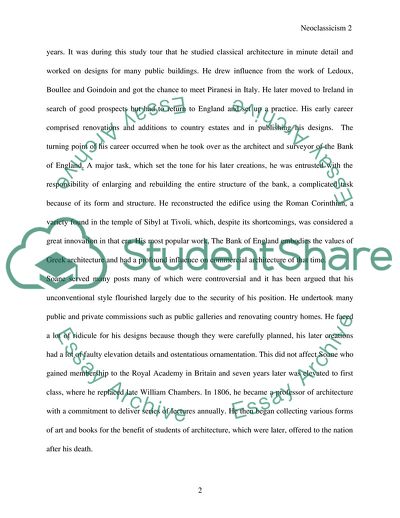Cite this document
(Neoclassicism and its Architectural Influence on Europe Assignment, n.d.)
Neoclassicism and its Architectural Influence on Europe Assignment. Retrieved from https://studentshare.org/architecture/1713339-neo-classical-architecture-in-england
Neoclassicism and its Architectural Influence on Europe Assignment. Retrieved from https://studentshare.org/architecture/1713339-neo-classical-architecture-in-england
(Neoclassicism and Its Architectural Influence on Europe Assignment)
Neoclassicism and Its Architectural Influence on Europe Assignment. https://studentshare.org/architecture/1713339-neo-classical-architecture-in-england.
Neoclassicism and Its Architectural Influence on Europe Assignment. https://studentshare.org/architecture/1713339-neo-classical-architecture-in-england.
“Neoclassicism and Its Architectural Influence on Europe Assignment”. https://studentshare.org/architecture/1713339-neo-classical-architecture-in-england.


